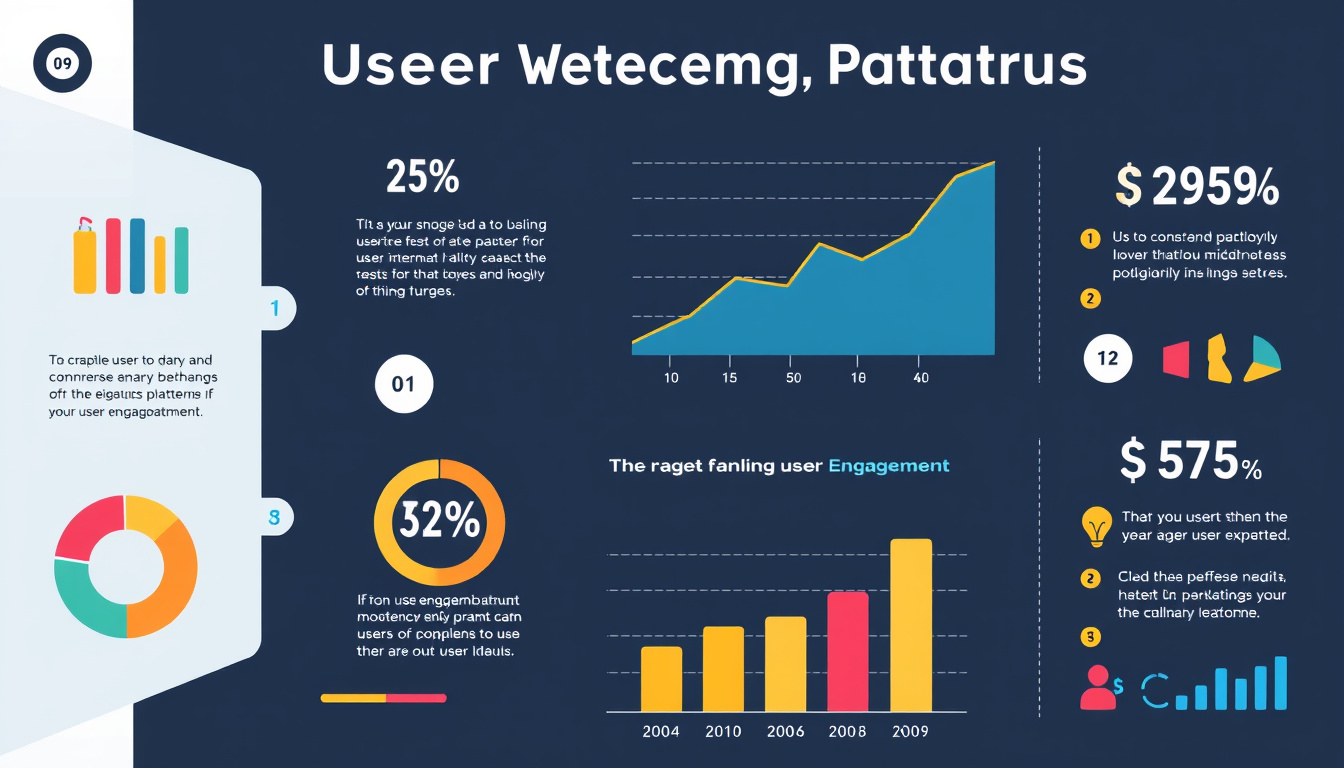In the digital landscape, the ability to analyze user behavior patterns is pivotal for businesses aiming to enhance customer engagement and satisfaction. Understanding how users interact with products and services allows companies to tailor their offerings, ultimately improving user experience (UX) and boosting retention rates. This article delineates the significance of user behavior analysis, explores various analysis methods, and discusses actionable insights for businesses seeking to optimize their user engagement strategies.
What Are User Behavior Patterns?
User behavior patterns refer to the recurring actions users take when interacting with a product or website. These behaviors can encompass a wide range of activities, including navigation preferences, feature usage, and transaction processes. By identifying these patterns, businesses can gain valuable insights into customer preferences, pain points, and areas for improvement.
Why Analyze User Behavior?
Analyzing user behavior is fundamental for several reasons:
- Enhancing User Experience: Understanding how users engage with your product can help streamline their journey and reduce friction points, leading to a more enjoyable experience.
- Increasing Retention: By identifying and addressing common issues, businesses can reduce churn rates and improve customer loyalty.
- Informing Product Development: Data on user behavior can guide product modifications and feature enhancements, ensuring that new additions align with user needs.
Methods for Analyzing User Behavior
1. Quantitative and Qualitative Metrics
User behavior analytics (UBA) involves a mix of quantitative and qualitative data. Metrics such as sign-up rates, activation rates, and feature usage provide a numerical understanding of user interactions, while surveys and feedback offer insights into the reasoning behind these behaviors. It’s essential to collect a holistic view that combines hard data with user sentiments.
2. Session Recordings and Heatmaps
Tools like session recordings allow businesses to watch real users navigate their site, revealing insights into where they click, scroll, or drop off. Heatmaps visualize this engagement, displaying which areas of a webpage attract the most user interactions. These tools help identify areas of interest and potential barriers obstructing the user journey.
3. Funnel Analysis
Funnel analysis tracks how users progress through defined stages, such as from awareness to conversion. By analyzing drop-off rates at various points in the funnel, businesses can pinpoint where users are losing interest and develop strategies to enhance retention at these critical stages.
4. A/B Testing
Implementing A/B testing allows businesses to experiment with different versions of web pages or features to see which performs better in terms of user engagement. This data-driven approach helps identify which elements resonate more with users, enabling tailored adjustments that enhance overall performance.
5. Cohort Analysis
Cohort analysis segments users based on shared characteristics or behaviors. By examining how different user groups engage with a product over time, businesses can assess the effects of changes in their offerings or marketing strategies tailored to specific user segments.

Practical Steps to Analyze User Behavior
1. Define Objectives
Before diving into user behavior analysis, businesses should establish clear objectives. Is the goal to increase conversion rates, reduce bounce rates, or enhance user satisfaction? Defining what you want to achieve will guide your analysis approach.
2. Select the Right Tools
Utilize a combination of analytics tools that suit your needs. Platforms like Hotjar for heatmaps and session recordings, alongside quantitative tools like Google Analytics for traffic analysis, can provide a comprehensive view of user behavior.
3. Collect and Analyze Data
Launch your chosen analytics tools and begin collecting data. Monitor user interactions over time to capture diverse behavioral patterns. Analyze this data for anomalies, trends, and insights.
4. Conduct User Surveys
Incorporate surveys and feedback tools within the user journey to gather qualitative insights. Questions should aim to uncover user motivations, preferences, and pain points.
5. Iterate and Optimize
Based on the insights gathered from your analysis, make data-driven adjustments to your product or service. Continuously monitor the results of these changes and be prepared to iterate again based on ongoing user feedback and behavior.
Conclusion
The analysis of user behavior patterns is an essential practice for any business committed to enhancing user engagement and satisfaction. By leveraging quantitative metrics alongside qualitative insights, employing various analytical techniques, and committing to continuous improvement, organizations can create tailored user experiences that foster loyalty and drive growth. Understanding user behavior isn’t just about observing what users do—it’s about proactively responding to their needs and preferences, ultimately leading to a thriving digital environment.



